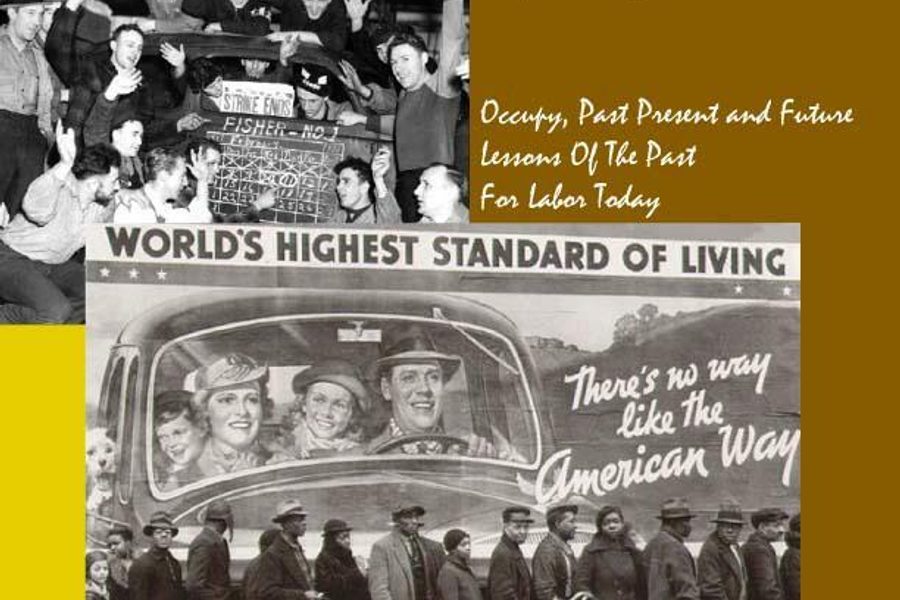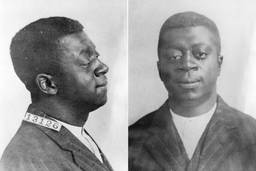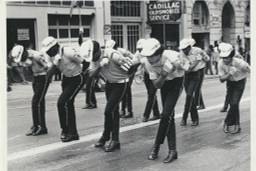
At a time when the days have rarely seemed darker for the U.S. labor movement, it is heartening to know that thousands of San Francisco Bay Area residents soon will celebrate workers and unions during their month-long LaborFest. Officially commencing annually on July 5 (although some events kick off at the start of July), LaborFest unabashedly promotes pro-union messages as well as equality, diversity (of all sorts), and — implicitly — the ability of ordinary people to do extraordinary things. As organizing committee member Steve Zeltzer commented, “There is no education department in the AFL-CIO. For people who want to wake Americans up about the real issues that workers face, LaborFest offers such an opportunity.”
LaborFest’s website declares, “LaborFest was established in 1994 to institutionalize the history and culture of working people in an annual labor cultural, film and arts festival.” Ironically inaugurated the same year as the implementation of the North American Free Trade Agreement (NAFTA), which hastened corporate-driven globalization and made American workers’ lives that much harder, LaborFest intends to help working people think about how the past shapes the present and offers lessons for future activists.
The Bay Area possesses a long, proud and vital labor history. Its greatest union, the International Longshore & Warehouse Union (ILWU), was born out of the ashes of “Bloody Thursday,” when two workers were killed during a bitter maritime strike that took the city and every other West coast port by storm. In the aftermath, hundreds of thousands of people in the city and region participated in a general strike, one of the rarest and most powerful actions workers can undertake. The ILWU remembers July 5, 1934 — “Bloody Thursday” — annually, and it’s no coincidence LaborFest begins on this anniversary, too.
Crucially, the ILWU remains relatively strong, militant and progressive. Last year, for instance, members of its Local 10 defied their own leaders and stopped work for a day during the initial backlash to Governor Scott Walker’s attempt to strip Wisconsin’s public-sector workers of collective-bargaining rights.
LaborFest’s theme this year is “Occupy Past, Present & Future: Lessons of The Past for Labor Today” — a nod to the Occupy activists who worked closely and effectively with unionists in the Bay Area last year. In perhaps its most impressive action, Occupy raised an army of thousands to shut down the Port of Oakland, and ILWU Local 10 activists did not need much encouragement to stop work in solidarity. Indeed, connections between the Occupy movement and ILWU expanded, subsequently, to help ILWU Local 21 during a bitter dispute in Longview, Washington.
To explore this theme, LaborFest organizers created dozens of events that span many interests and locations across the Bay area. There are numerous walking tours in San Francisco, Oakland, and Berkeley neighborhoods where important moments in local labor history occurred, including one led by union ironworkers of the Golden Gate Bridge, which is celebrating its 75th anniversary this year. Documentary films are shown on local, national, and international topics, including a long-forgotten 1950s French film on dockworkers in Marseilles who refused to load weapons destined for soldiers fighting against Vietnamese independence. There are also music concerts (most notably, a sold-out show with the great guitarist Ry Cooder accompanied by his son, Joachim), readings by authors, such as the biographer of the legendary folklorist Archie Green, and art exhibits, including some wonderful murals created during the Great Depression. Finally, there’s my personal favorite, a labor history bike tour led by a founder of Critical Mass.
LaborFest offers working and middle class people, union and non-union, chances to celebrate great moments in the “people’s history,” learn about the challenges we face, and strategize for the future. As Zeltzer notes, “every community can let people know about their history and culture. There is a new labor festival starting up in Cleveland, another has gotten started in Oklahoma City.”
If activists in Cleveland and Oklahoma City can follow San Francisco’s lead, then so can the rest of us.
Peter Cole is a Professor of History at Western Illinois University in Macomb. His research is on the history of ILWU Local 10 and dockers in Durban, South Africa. He has spoken at LaborFest several times and will do so this year on anti-apartheid activism among Bay Area Longshore workers.







